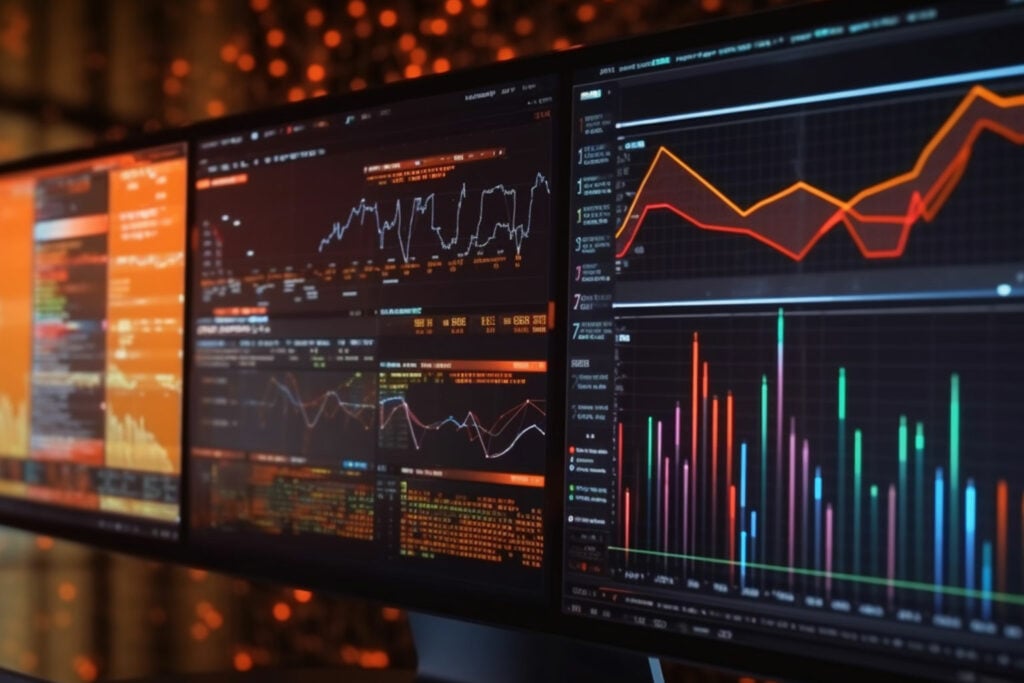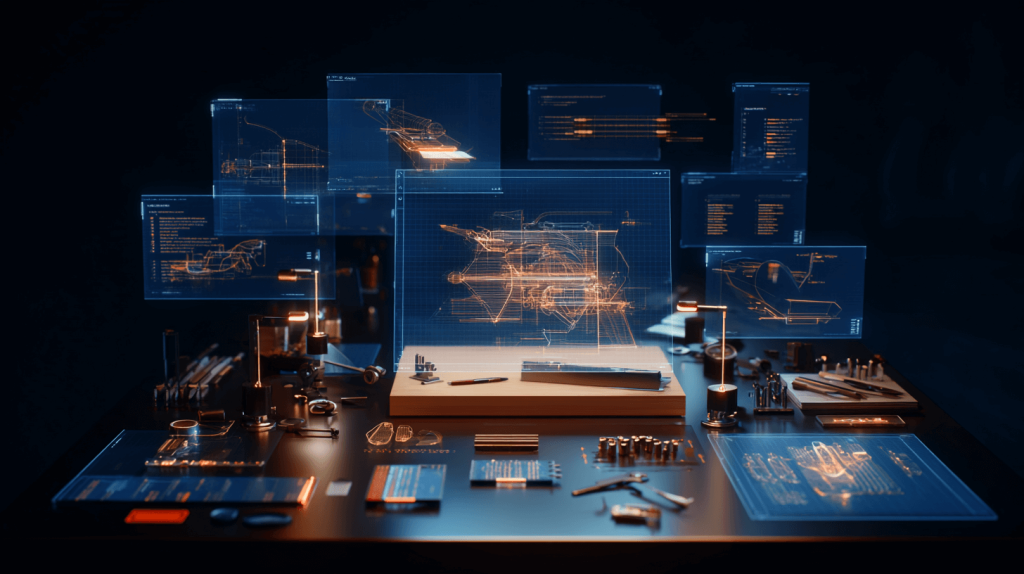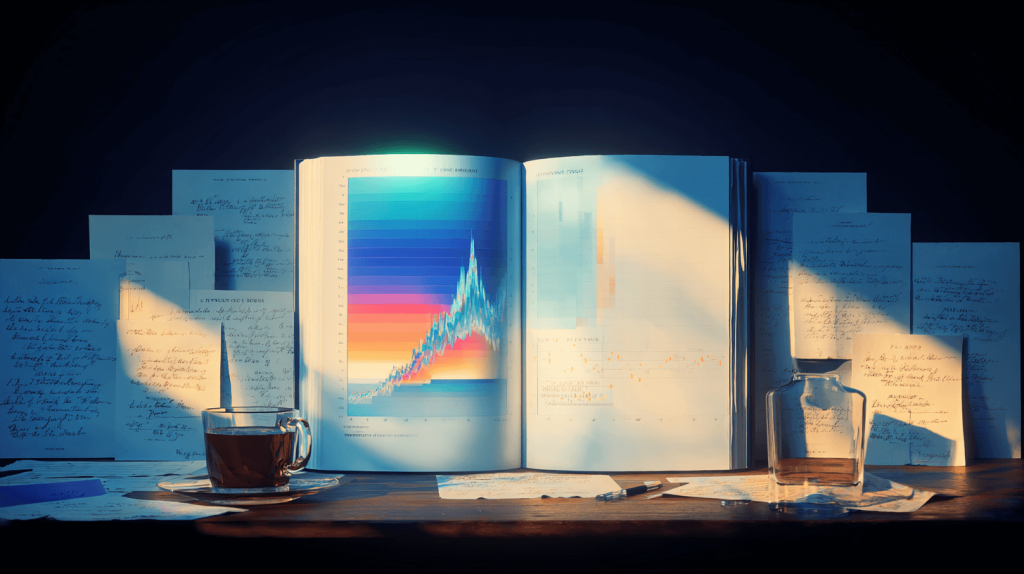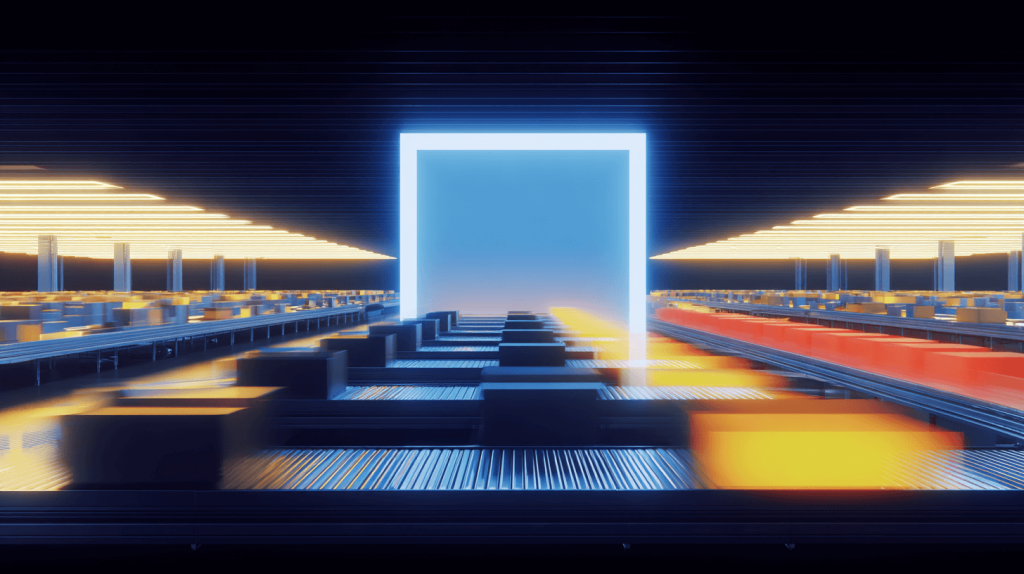Developing a software program is no simple task but protecting it may be with the right team. Conceivably, one who has created a software related product may be uncertain as to when and where to begin protecting their proprietary software program. Software can be protected by both patents and copyrights, but which is best?
There is an important distinction to be made regarding how software is protected. Copyright law protects code while patents protect the underlying systems and processes tied to software. Fail to implement the proper intellectual property protection for your software and you run the risk of a competitor stealing your proprietary program and using it for financial gain. Our legal team is here to help.
Can Software Be Patented?
The answer to this commonly asked question is a partial “yes,” yet there are complexities to the matter. There is no need to conduct an online search for “software patents vs. copyright” and click through dozens of pages of results. As is often stated, the quickest way to learn something is to inquire with those who hold knowledge. Our intellectual property attorneys have everything you need to know about protecting software with patents.
Patents provide owners the exclusive rights to make, use, and sell the patented product nationwide. Another purpose of obtaining a patent for software is to exclude a competitor from making, using, selling, offer to sell and importing in the United States the infringing software. The owner will be entitled to recover monetary and injunctive relief from an infringing party, the right to exclude others from using/selling a competing product that infringes on the rights, and the right to monetize the patent with license/acquisition. Important considerations of patentability are that the invention in question meats the novelty requirement, provides utility, and is non-obvious to a person having ordinary skill in the art. Here are some recent software patent examples from top companies.
Can Software Be Copyrighted?
Yes, as the Northern District of California held in 2008 in Penpower Tech. Ltd. v. S.P.C. Tech., software is a “proper subject matter for copyright protection.” So, what is exactly “copyrightable” when it comes to software? Per the U.S. Copyright Act, software can be protected with a copyright as “a set of statements or instructions to be used directly or indirectly in a computer in order to bring about a certain result,” and, further, because the code can be fixed in any electronic, print, or other medium. (17 U.S.C. § 101).
This form of legal protection safeguards code that is read by computing machines. A software copyright is obtained by software owners and developers to prevent competitors from stealing the proprietary source and object code of their underlying software platform.
Copyright law centers on the legal right of a party to determine which parties are allowed to obtain and distribute the software, along with the right to prosecute those who use that software in an unpermitted way. A copyright precludes another party from reproducing the software, sharing it, copying it, or using it in an unauthorized manner.
Software Patents vs Copyright: Key Differences
There are substantive differences between copyrights and patents. Copyrights safeguard the invention’s expression, including sequences and structuring, and are commonly obtained for the source code of software. Patents, on the other hand, afford much broader protections as copyrights would not stop someone else from creating their own code that implemented the same method.
A patent ultimately precludes competitors from using algorithms or processes in an unauthorized manner or creating a program that similarly performs the same function, regardless of how the code is written. If you are curious as to which form of intellectual property protection is ideal for your unique software, don’t attempt to piece together this complicated legal puzzle on your own as it might be optimal to obtain both forms of protection. Our intellectual property attorneys are here to help.
Can Software Be Patented and Copyrighted?
Software is eligible for both patenting and copyrighting in unison. The overarching legal strategy optimal for your idiosyncratic software is best shaped by an experienced intellectual property attorney. It’s possible to obtain a copyright in addition to the patent described above. Secure a copyright, and you’ll enjoy protection over the method that the software is expressed in, be it the source or object code.
Copyright protection commences when the code creation process begins. However, it’s in your interest to formally register the copyright with the federal government’s copyright office. Such registering is no small task and our intellectual property attorneys are here to help.
Protection provided by copyright lasts for the creator’s life, with another half-century tacked on. Keep in mind that the scope of a copyright is strictly limited to the source code. This limited protection presents competitors with the opportunity to make slight alterations to the code to sidestep legal action and ultimately avoid penalty for infringement, whether the alteration be a simple change in line or rewritten in a new language altogether.
What Will Be Protected When a Software Is Patented and When is the Best Time to File?
The patent provides comprehensive intellectual property protection for innovations tied to the software, safeguarding novel methods and features. Once the software patent has been issued, there is an exclusive right to use, sell, and license the software. However, legal protection doesn’t last indefinitely. Provisional patents are effective for one year, providing additional time to enhance the software while maintaining priority with the United States Patent and Trademark Office (USPTO).
Conversion to a non-provisional utility patent is required to leverage the priority filing date of the provisional application. This is the most important function of the provisional patent application as the USPTO operates on a first-to-file basis, meaning anyone who attempts to file their own patent application after your filing date will be precluded by your patent. Utility patents provide exclusive protection for two decades beyond the earliest filing date.
As far as the timing of filing, it is important to note that the patent application must be filed within a year of the initial public disclosure or offer to sell the software to another party. This is known as the “grace period.” If filed after the twelve months after the initial public disclosure your invention will be unpatentable and considered prior art against itself. This twelve-month period provides developers the opportunity to refine the program in anticipation of filing a non-provisional patent application.
Further, the inventor can rest assured that they can test the market or contact potential investors or third-party developers once they have a filing date and “patent pending” status. The use of the provisional patent application also helps software creators better understand if the invention will prove profitable prior to the point at which the full cost of the official patent application is paid.
It is conceivable that a diligent software developer and business owner would want to begin the process with a prior art search. Prior art is anything that could preclude your invention for the sake of patentability. Prior art can include registered or pending published patent applications, literature, offers for sale, or general knowledge, most of which are considered on a global scale.
While there is sound logic in beginning the process with a thorough prior art search, it is not always the most prudent path for inventors. Consult with one of our attorneys to determine a route that’s best for you and read about our RLG Guarantee for prior art searches so you can rest assured that your money is being well spent
On that note, we would be remiss if we did not concede that patent applications will cost thousands of dollars. The cost of the application is often justified because it provides the protection your business needs to prevent competitors from capitalizing on your idea. Additionally, the cost is a drop in the bucket for what you may expect to spend should your company end up on the wrong side of a patent infringement suit. Our legal team is here to inform you of all potential paths for legal protection, including the use of a provisional application to delay costs.
Lean on our legal team to protect your software with a patent and we’ll maneuver the bureaucracy on your behalf. Our attorneys will submit a patent application that describes the software in-depth, accompanied with detailed drawings as required by the USPTO.
The RLG Guarantee
Software copyrights and patents are invaluable asset to any software company that will bring your company strategic value. It will not only protect your proprietary software from infringement, increase the valuation of your company, provide a competitive advantage in the marketplace, but will provide both short-and long-term monetization strategies.
The Rapacke Law Group is a fixed fee (no billable hour patent and intellectual property firm) designed for software and technology companies looking to protect their most valuable intellectual property assets. Our firm provides one transparent fixed fee for all patent, copyrights and trademark matters without the hassle of surprise or nickel and dime billing used by traditional law firms.
Not only does the Rapacke Law Group provide a fixed fee billing approach but offers a money-back guarantee on all prior art search, trademark application, copyright applications, and design patent application. What that means for you is should your search indicate your software invention is not patentable we would provide a full refund. If patentable, we will credit the cost of your search toward your new application.
Our trademark and design patent application packages includes all search, preparation, office action, USPTO correspondence and filing fees. If you still do not receive a notice of allowance for any reason, we will provide a full refund. Schedule a free strategy call to start the process of protecting your software intellectual property.




